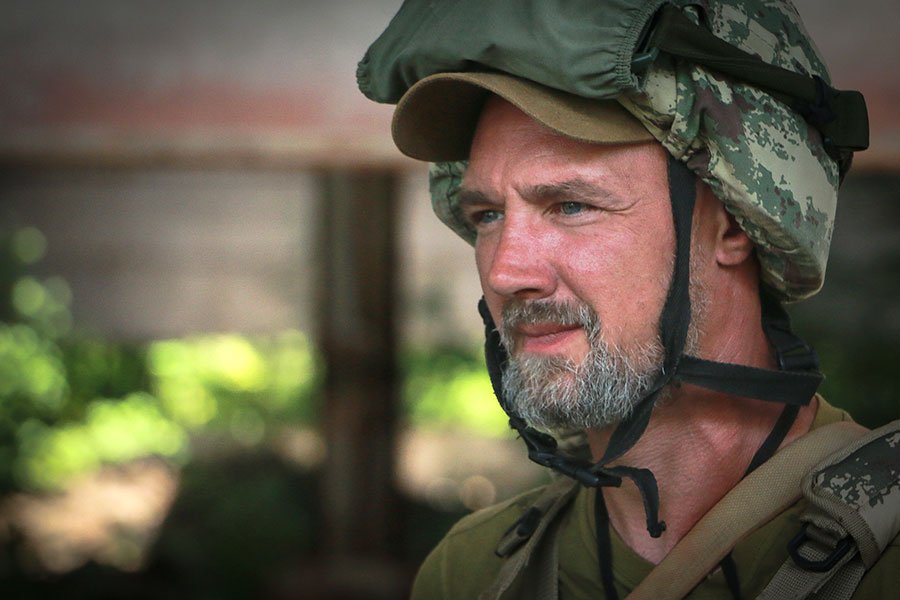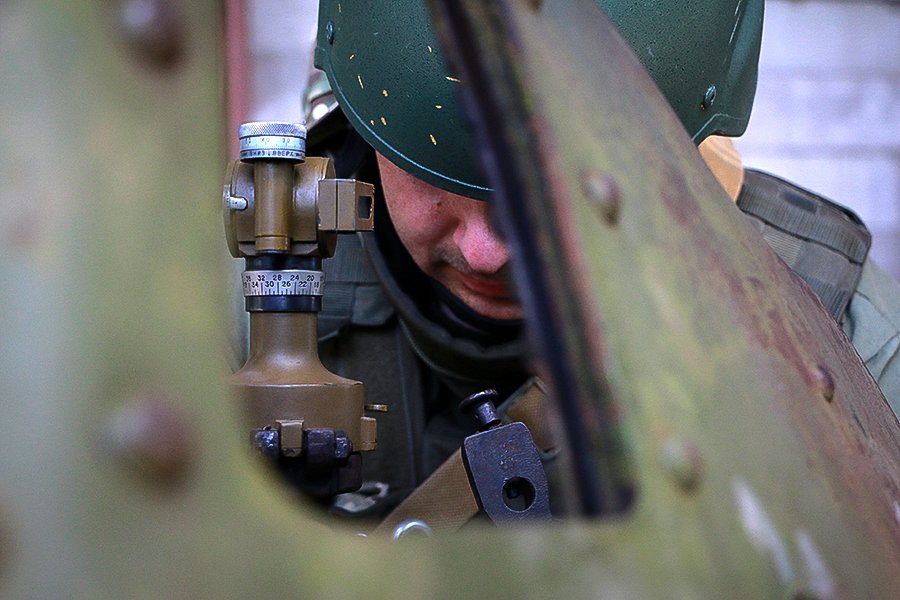NGU artillerymen train in Slobozhanshchyna

Preparations for work with the D-44 gun were carried out by guards in Kharkiv region. The training took place under the standard procedure of secrecy, because training centers and training grounds turned into targets for the Russian occupation forces. They constantly launch missile strikes on them, trying to break the cycle of preparing mobilized for successful combat operations.
Today, the Soviet gun D-44 is in service in twenty countries. Manufactured until 1956. During this time, almost 11,000 of them were made. Works mainly on the floor trajectory. Among its advantages are large ammunition stocks, reliability and the ability to hit targets at a distance of 15 kilometers.

“Gun D-44, 46 year of production, caliber 85 millimeters. The rate of fire of the gun is very good, about twenty shots per minute. We work around the clock so that we understand each other in half a word,” said the gunner Yevhen. Before the full-scale invasion, I earned by intellectual labor. - “I wrote programs for machine tools, drew 3-D models of products. But the invaders smashed the house where I lived, the work was bombed, the car. And that's why I'm here.”

To bring the cannon into combat position and aim at the target — the guards learned to do this day and night. It is physically difficult and exhausting, but there is no other way to get a chance of survival during active counter-battery combat. Behind the artillery shell is a fighter with the nickname “Heaven”. Orientation of the gun, distance measurement, target fixation, reconnaissance depend on it.

“At first I got into the infantry, but then I started studying to be an artilleryman. Then they transferred to the commander of the gun,” shares “Heaven”. He and his wife are representatives of the creative profession. But his family's life changed dramatically after the full-scale invasion began. - I was a photographer. He photographed mainly theater artists. I love ballet very much. This is sacred to me. Portraits, people. I photographed a lot of girls from Khantob. He also worked with the Shevchenko Theater. On the fourth day of the full-scale invasion of Kharkov, aviation began to work actively. After the wreckage from the air strike hit my house, my wife and I decided to take the child out. It was very difficult to get to the railway station from the HTZ, the taxi did not work. There was also a huge panic at the station. They spent the night at the station while they left for Ternopol. There we lived for two more days at the station until they found volunteers who settled us. Then I returned to Kharkov, and from the station went to the military registration office. The next day, I was already in the army. Previously, he had nothing to do with the army. But now I have an incentive, a desire: my child has been offended, like hundreds of our other children. I will not tolerate this!”
The guard admits: war does not kill creative instincts, he just as he still thinks with photographs. I am sure that many of them could be made, of high artistic quality, but today he fully devotes himself to training in order to contribute to the approaching Victory of Ukraine over Russia.
Currently, trained artillerymen perform combat tasks and destroy the enemy in Donetsk region.

National Guard of Ukraine






